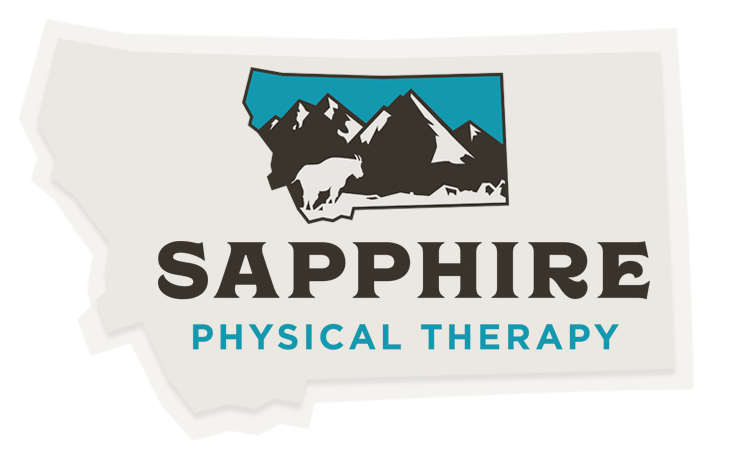Carbon Fiber Plated Running Shoes: Are they right for you and your feet?
As runners, we are constantly on the lookout for the next great shoe, hoping to find the Holy Grail of running shoes. I am guilty of owning an embarrassingly large number of running shoes. While each pair serves a different function, I am still waiting for the shoe which does it all.
Over the past ten years, running shoes have gone from thick heel cushioning to minimalist cushioning, to maximum cushioning, and everything in between. The latest evolution in running shoe technology is carbon plate technology. Nike made carbon plated running shoes famous with the Nike Zoom Vaporfly shoe. A rigid carbon plate in conjunction with an ultra-soft ZoomX foam midsole is touted to improve running efficiency by 4%. As a trail runner, I will focus on trail running shoes. Many of the same pros and cons are present with carbon plated road shoes.
The North Face was a pioneer in carbon plated trail running shoe technology with the introduction of the Flight Vectiv shoe. Combining carbon fiber stiffness in the sole with soft midfoot foam resulted in a trail running shoe with a build-in rocker. Subsequently, several other shoe companies have introduced carbon plated trail running shoes (Hoka Tecton X, Saucony Endorphin Pro 2, Craft CTM Ultra Carbon 2).
In contrast to road running, trail running involves varied terrain, off-camber trails, technical terrain, and lots of elevation changes. The efficiency benefits of running in a carbon plated shoe are questionable when running on technical trails. Some manufacturers are replacing the full-length carbon plate to a partial plate or as split plate to improve shoe performance on technical terrain and trails.
Do our feet need carbon fiber plates to improve performance? The answer is no, or at least not always. Regardless of the type of shoe you put on your feet, the foot itself is designed to absorb impact and propel us over ground and over a variety of terrain. One mechanism unique to the human foot is the windlass mechanism. The windlass mechanism provides shock absorption when we need it, and a stiff foot to propel us forward (or upward) when we need it. While carbon fiber definitely increases the stiffness and recoil at push-off, does this unabated stiffness have a downside?
Without the natural shock absorption of the foot (pronation, midfoot and forefoot accommodation to surfaces and impact) forces normally transferred by the foot move up the chain to the metatarsals, midfoot, Achilles, and possibly the knee and hip. Any significant change in the biomechanics of running poses a risk. As runners, it is important that we follow a consistent strengthening and mobility exercise routine which begins, of course, at the foot and ankle. Therefore, carbon fiber plated shoes are not recommended for high mileage training. They do fill a niche as a fast, high performance racing shoe on the road and on smoother trail surfaces. See the experts at Runners Edge to learn more about carbon fiber plated shoe options or to try on a pair.
Written by: John Fiore, PT
References:



